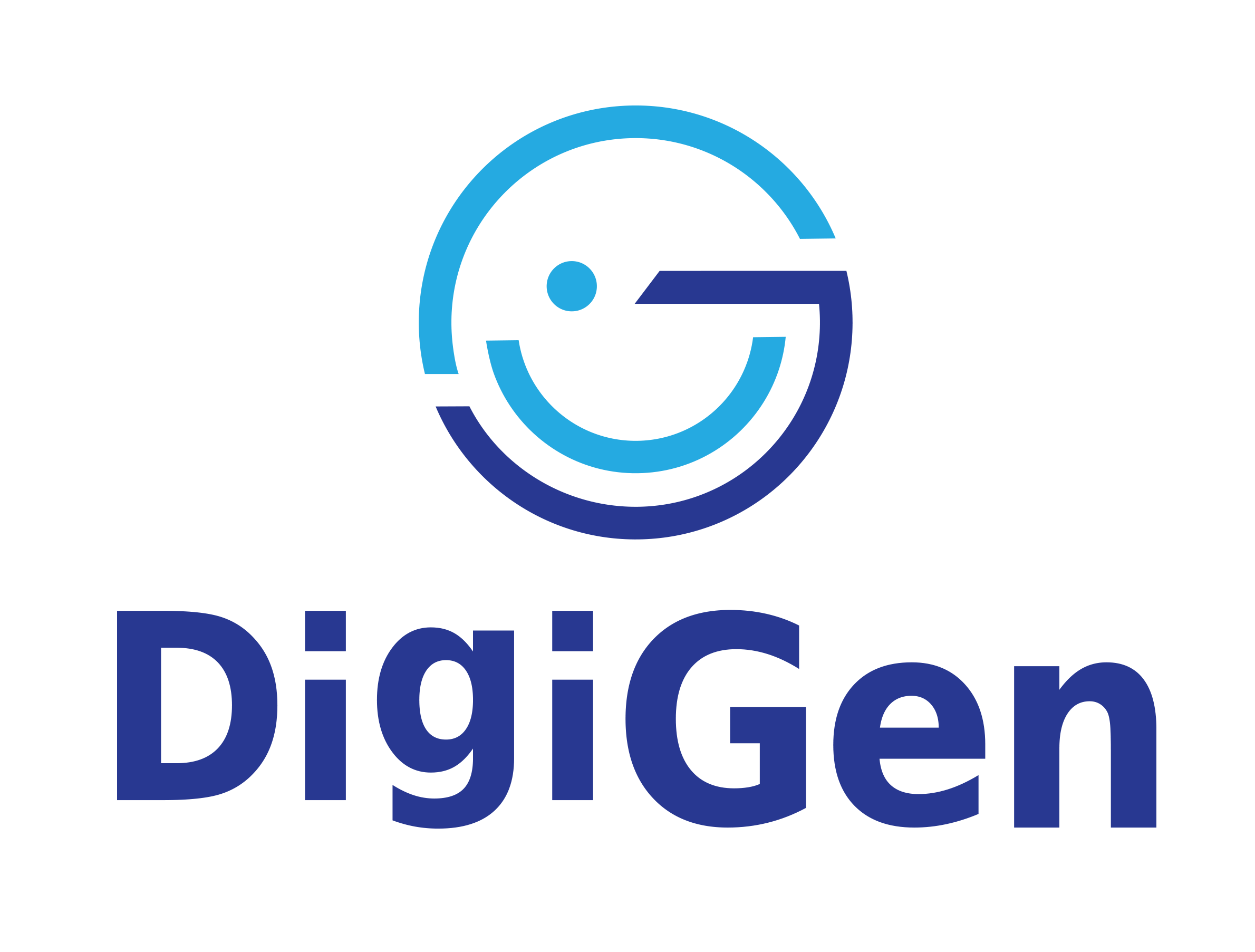By Halla B. Holmarsdottir, vice-dean at the faculty of education and international studies, OsloMet and project coordinator of DigiGen
The scale of the switch to online teaching has been the subject of a great deal of contemplation. COVID-19 has forced educational institutions the world over to move their teaching online. As of 13 March, UNESCO has reported that 61 countries in Africa, Asia, Europe, the Middle East, North America and South America have announced or implemented closures of educational institutions. Whether teachers are experienced in using educational technology or not, the closure of schools worldwide has forced them to dive into online teaching. The result is an e-learning experiment of unprecedented scale and scope for teachers, children and parents alike.
The rate at which online course providers, teachers and others have rallied to share their ideas and even content has been unprecedented. This unintended e-learning experiment may offer new opportunities to look at the ways in which technology can be used to open up new educational possibilities. At the same time concerns remain as to how teachers, parents and other caregivers will cope during this time of crisis and change.
Equity – the need to take social inequalities into account
Equity is one of the big considerations for online education, as some students do not have access to computers or tablets, internet access, or a safe, supportive learning environment outside of school. Many low-income families are also more likely to live in smaller quarters making learning online a challenge for both children and parents, not to mention the impact that school closing will have on working families. Many parents may have to rely on other family members as child-minders, but also as support teachers.
The majority of colleges and universities have already had some teaching either partially or entirely online. For instructors in higher education institutions the basic infrastructure was in place when they were told to go digital. However, making this shift in primary or secondary education is more challenging, especially given that children have unequal access to technological devices and internet connections, not to mention transforming instruction and assignments in remote settings or for the youngest students. For schools serving the youngest students, going digital is more complicated. Moving to digital instruction will most likely exclude students lacking technical tools, parents who are unable to stay home to support their children’s education and be challenging for schools located in rural areas across Europe and beyond.
The United Nations recommends that educators implement digital learning to help prevent kids from falling behind academically. The group has a list of education resources to help parents, teachers, schools and school systems facilitate student learning and provide social caring and interaction during this period of school closure. This list includes digital learning management systems that are useful for school systems and individual schools in addition to a list of systems built for mobile phones and those that provide strong offline functionality. Certainly such a list would not be complete if it did not provide a list of Massive Open Online Course (MOOC) platforms and moreover self-directed learning content such as YouTube, Khan Academy or Discovery Education to name a few.
Across countries the decision to close schools will not only be a difficult one, but moreover it will impact vulnerable families the most. This will require that educational institutions address the necessity for a range of support for digital learning in order to promote inclusivity in ICT participation and avoid the risk of widening the educational divide between children from advantaged and disadvantaged groups. In addressing the risk of a widening educational divide and inequality, it will be important for DigiGen to include a focus in our research on why and how some children and young people benefit from ICT use while others seem to be impacted negatively.
For DigiGen, this e-learning experiment raises concerns over the next generation digital-divides. Further, we are concerned over the ICT skills of teachers so that they will be able to design activities aimed at digital literacy and making use of digital media for educational purposes during this time of crises and to find ways to support children and their families so that we reduce the risk of social inequality.
One of the most important challenges now is the need for some families to support the children in using digital devices for schoolwork, especially since many schools have had to move their teaching online. If parents are not experienced in using online tools and software, they may find it very difficult to support their children. This becomes even more difficult for younger children who depend more on their parents for support than older children who in some cases have more experience. Certainly, older siblings may also be helpful. Another issue in terms of equity focuses on the issue of language. Not all parents are fluent in the language of the country that they are living in. Will the language in addition to online education be an added barrier for some parents in supporting their children’s education?
The most relevant and persistent finding over the last decades is that integrating ICT use and digital competencies into education is more challenging than expected (Ala-Mutka, 2011; Erstad, 2015; Gudmundsdottir & Hatlevik, 2018; Janssen et al., 2013; Krumsvik, 2014; Pettersson, 2018). Preparing children and young people for their lives in the digital society is complex, and demands a great deal of effort on the part of various stakeholders. As schools across Europe and beyond move their teaching online concerns go out to whether they can meet the needs of all students in a virtual classroom. Educators should consider whether all students have access to computers or tablets, sufficient internet access and a safe, stable home environment plus parental support for learning.
References
Ala-Mutka, K. (2011) Mapping Digital Competence: Towards a Conceptual Understanding, Luxembourg: Publications Office of the European Union.
Erstad, O. (2015). Educating the Digital Generation. Nordic Journal of Digital Literacy, 5(01), 56-71
Gudmundsdottir, G. B., & Hatlevik, O. E. (2018). Newly qualified teachers’ professional digital competence: implications for teacher education. European Journal of Teacher Education, 41(2), 214-231. doi:10.1080/02619768.2017.1416085
Janssen, J., Stoyanov, S., Ferrari, A., Punie, Y., Pannekeet, K., & Sloep, P. (2013). Experts’ views on digital competence: Commonalities and differences. Computers & Education, 68, 473-481. doi:https://doi.org/10.1016/j.compedu.2013.06.008
Krumsvik, R. J. (2014). Teacher Educators’ Digital Competence. Scandinavian Journal of Educational Research, 58(3), 269-280
Pettersson, F. (2018). On the issues of digital competence in educational contexts–a review of literature. Education and Information Technologies, 23(3), 1005-1021.

